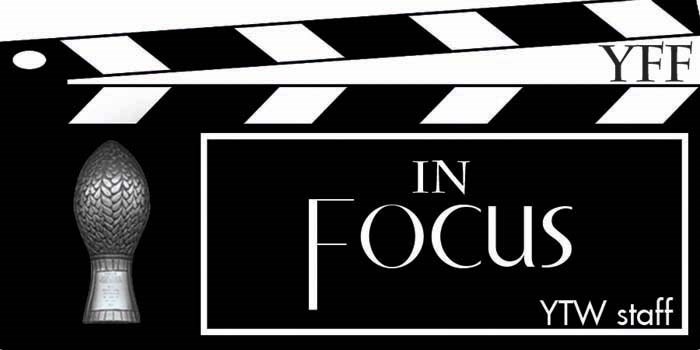Every country and every region has their defining artists. For myself, when I think of Canadian animation – and in particular animation coming out of Quebec – my mind immediately goes to Frédéric Back. Over his career with Radio-Canada, producing nine short films and numerous smaller pieces of animation for television, Back managed to create a style that was distinctly and identifiably Canadian.
Back remains a favorite of the Yorkton Film Festival. When he was alive he won Best of Festival twice, as well as taking home best animation and best children’s film at the festival for other work. He remains a part of the festival’s programming, his best of festival winning Crac has screened at recent festival events.
Yet I am not going to talk about Crac, which went on to win the Academy Award for best animated short. Instead, I’ll talk about a film that didn’t win Best of Festival, but merely took home Best Animation in 1988. Don’t feel too bad for the late animator, since this film, The Man Who Planted Trees, did go on to win Back his second Academy Award.
The story is a simple one, adapted from a tale by French author Jean Giono. A man travelling through what looks to be a withered wasteland meets another man, Elzéard Bouffier, a shepherd who is planting trees by the thousands. In the process, he creates a forest, which revitalizes the valley, becomes a protected national park and restores hope to nearby towns and villages.
It’s a work of an environmentalist, but an unfailingly optimistic one. While it is aware of man’s tendency towards destruction – the two world wars provide a dark counterpoint to Bouffier’s tree planting mission – it focuses on the idea that nature and creation are the solution to those instincts. The forest is seen as the solution to the problems people face, and time in nature – not merely enjoying it but working to build it – as the way to restore hope to people.
Back went minimalist for the animation, in a way that serves as a reminder of just how difficult minimalism is to successfully accomplish. Characters are occasionally defined by a single line, the man of the title is mostly a mustache – his introduction makes him into part of the landscape before he becomes a man with that defining mustache.
It has the effect of making characters seem to be created from the earth and nature around them, as though underlining the environmental theme. The image swirls and morphs in subtle ways that seem simple but would take an incredible amount of skill to accomplish without breaking the illusion.
Back uses colour to deftly transform the world into a bleak wasteland – largely brown and beige – into a verdant forest with greens, blues and pinks. Giono’s goal was to encourage the planting of trees, and Back’s animation extends that idea, as the trees are used to transform the visuals and underline the message – even on mute, one would get the idea that trees improve the world.



